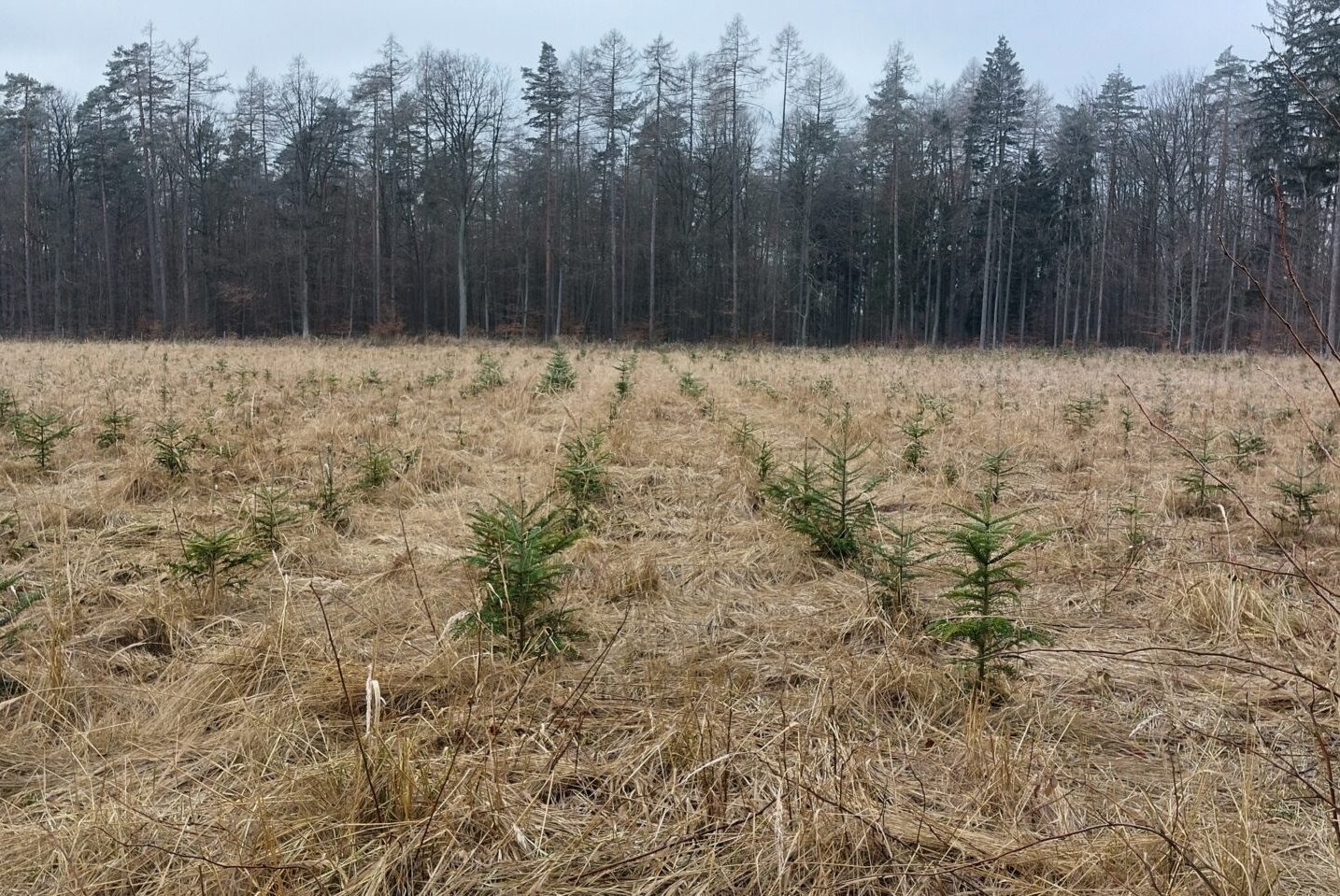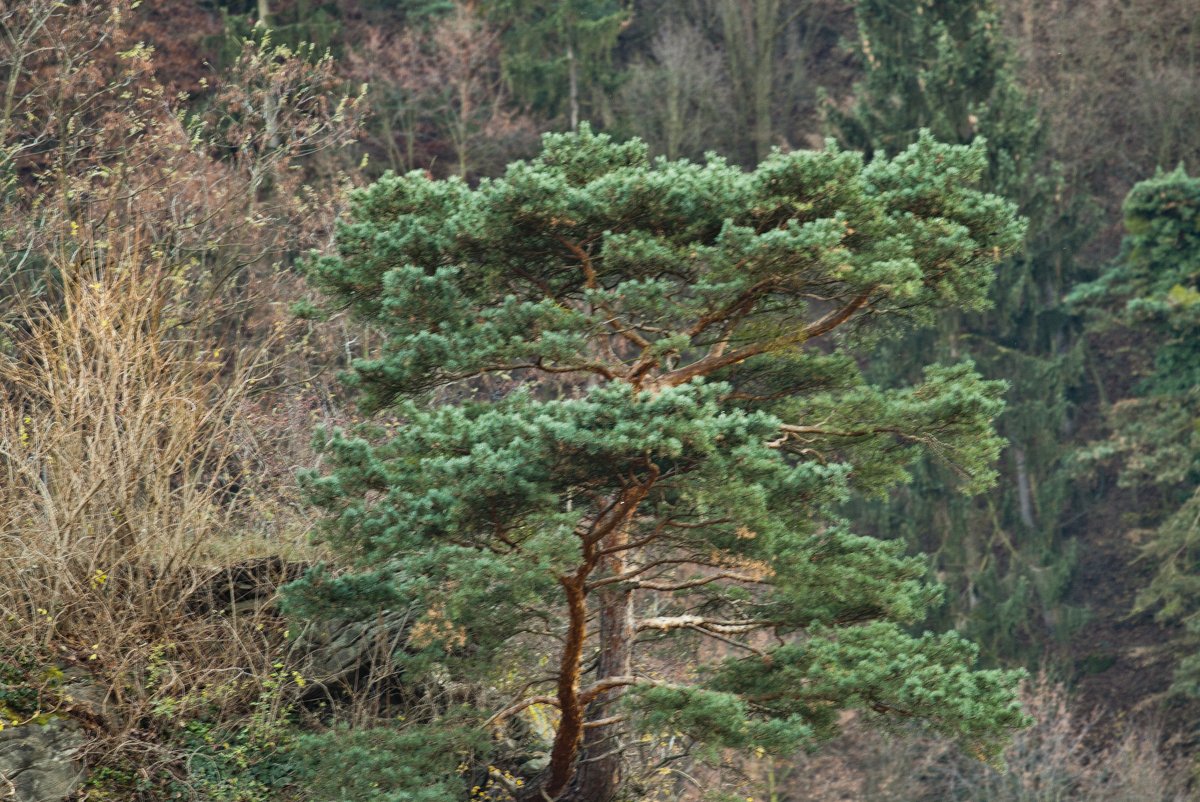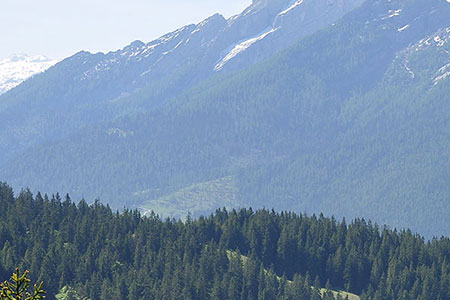The forest is facing changes. Rising temperatures and mass propagation of harmful organisms are putting some tree species in distress. One of the most frequently asked questions by forest owners is which tree species have a future in Austria and which trees to plant. The uncertainty is great and the answer is not easy. The Austria-wide tree species traffic light developed in the BFW project "Platform climate-smart forest" now offers support in answering - namely based on accurate climate data, models and expert knowledge.
In order to take into account the differences of the Austrian growing regions, nine different regional editions were created. BFW would like to recommend this tool, which is available in print, as a PDF download and as an online tool, especially to those people who own forests and do not yet quite know which tree species they can use to make their forest climate-ready. The project is supported by the German federal government, the German states and the European Union.
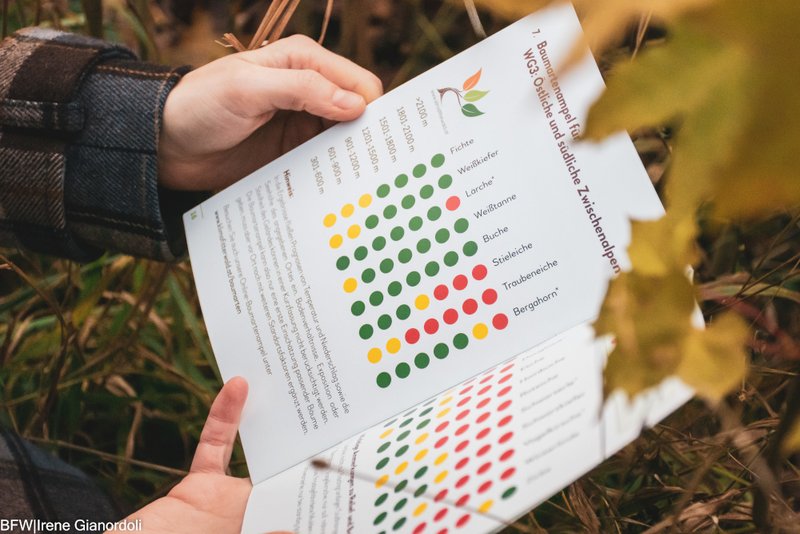
Fig. 1: The new tool created by the BFW offers support for climate-adapted forests in Austria.
What does the tree species traffic light show?
The tree species traffic light shows the suitability of different tree species in Austria in the climate of the future (from 2080 - 2100). The recommendations assume a warming of between 2 and 2.5 °C by the year 2100 and are based on the RCP 4.5 scenario of the Intergovernmental Panel on Climate Change (IPCC). The growth area, forecasts of temperature and precipitation, and the sea level of the specified location are incorporated into the results. The tree species traffic light thus provides an initial assessment of suitable tree species, but must be supplemented on site with additional site factors.
The basics of the tree species traffic light
The assessment of potential tree species distribution under climate change scenarios here is based on species distribution models, often referred to as climate envelope models. They are the most commonly used tools because they predict the potential distribution of species by exploiting the correlation between the known occurrence of a species and the corresponding environmental conditions. For tree species occurrences, a comprehensive dataset of all European forest inventories was used.
Climate envelope models were developed using the ensemble model approach BIOMOD2 (Thuiller et al. 2016i ), combining the strengths of different modeling algorithms while accounting for their uncertainties (Chakraborty et al. 2021ii ). This method was applied to the following species: Spruce, Scots pine, Larch, Fir, Beech, English oak, Sessile oak, Red oak, Coastal fir, and Douglas fir. Unfortunately, such models are not yet available for all tree species, so the suitability of other tree species was assessed by experts.
Classification in a traffic light system
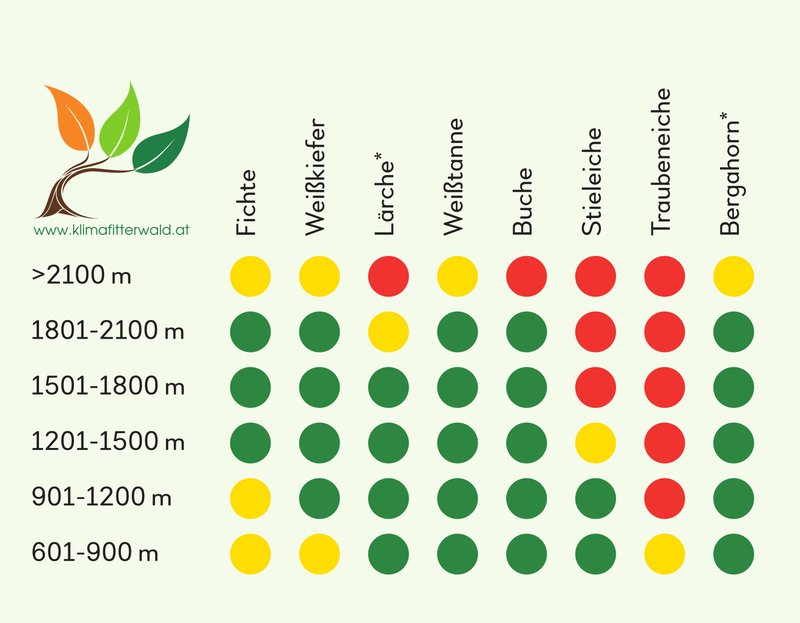
Fig. 2: Tree species traffic light, example for growth area "Inner Alps" / BFW
The threshold values for the color transition (i.e., at which value a tree species is indicated as red, yellow, or green) differ among the tree species. They are based on statistical ratios of the models for the modeled species, and on expert estimates for the other species. For spruce, the thresholds were set somewhat more conservatively than for the other species because of the bark beetle problem that already exists.
If a tree species is in the red range at a site, it is very likely that it will not cope well with the climatic conditions that will prevail in the future. If it is in the green range, it will most likely tolerate the climatic conditions well, but it is still possible that it could still experience problems due to poor site conditions. Depending on the tree species, site conditions will modify the outcome.
Decision support for forest owners
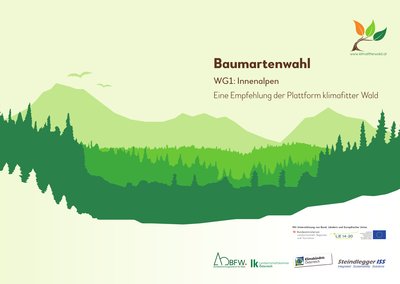
Fig. 3: Tree species traffic light.
The Austria-wide tree species traffic light provides an initial assessment of which tree species should be shortlisted. Therefore, it is a first step in a multi-stage process where more detailed information on the forest and tree species selection will be provided in the future. After all, forest location is not only dependent on climate. It is also shaped by the water, heat and nutrient balance and the history of use.
In the research project "Dynamic Forest Typing Styria FORSITE", led by BOKU in cooperation with BFW and other partners, these site conditions are studied in particular detail in order to provide forest experts with the necessary decision-making basis for climate-smart silviculture. The goal of this project is also to develop a consulting tool; the first version for Styria is to be launched as early as 2022.
i Thuiller W, Georges D, Engler R (2016) biomod2: Ensemble platform for species distribution modeling. R Packag version 2:r560
ii Chakraborty, D., Móricz, N., Rasztovits, E. et al. Provisioning forest and conservation science with high-resolution maps of potential distribution of major European tree species under climate change. Annals of Forest Science 78, 26 (2021). https://doi.org/10.1007/s13595-021-01029-4

